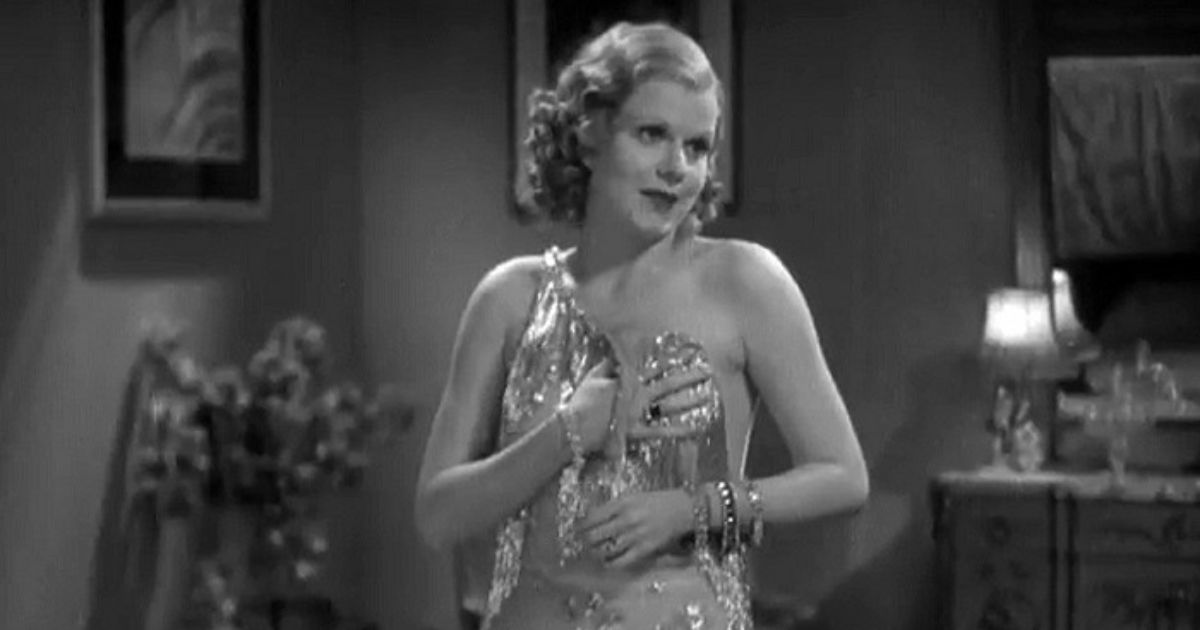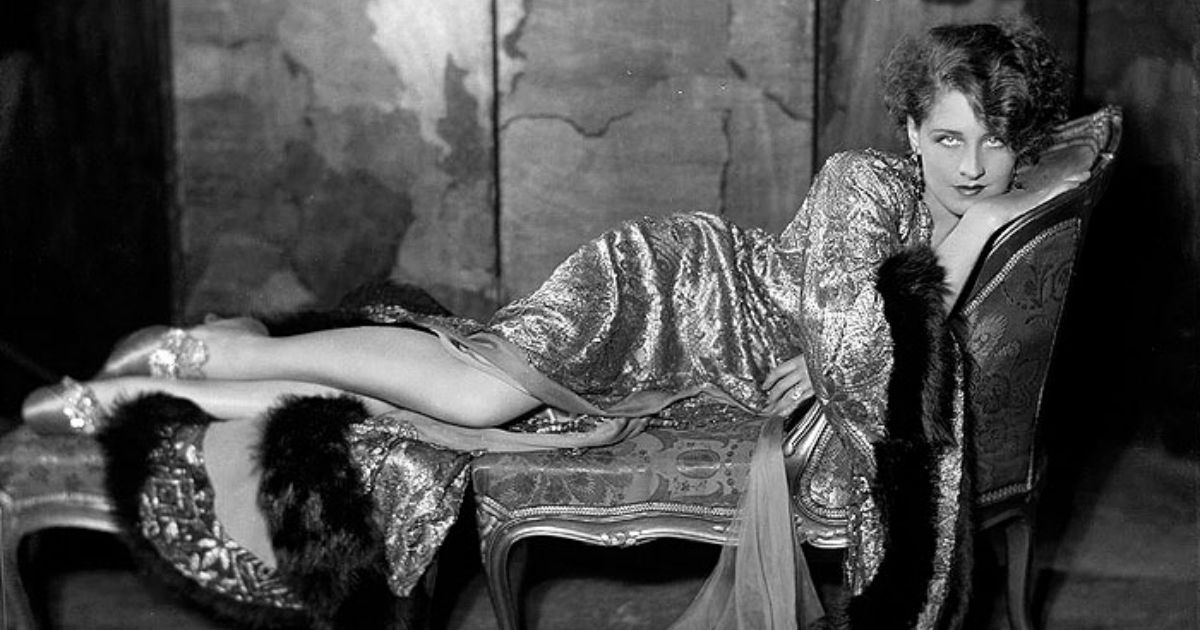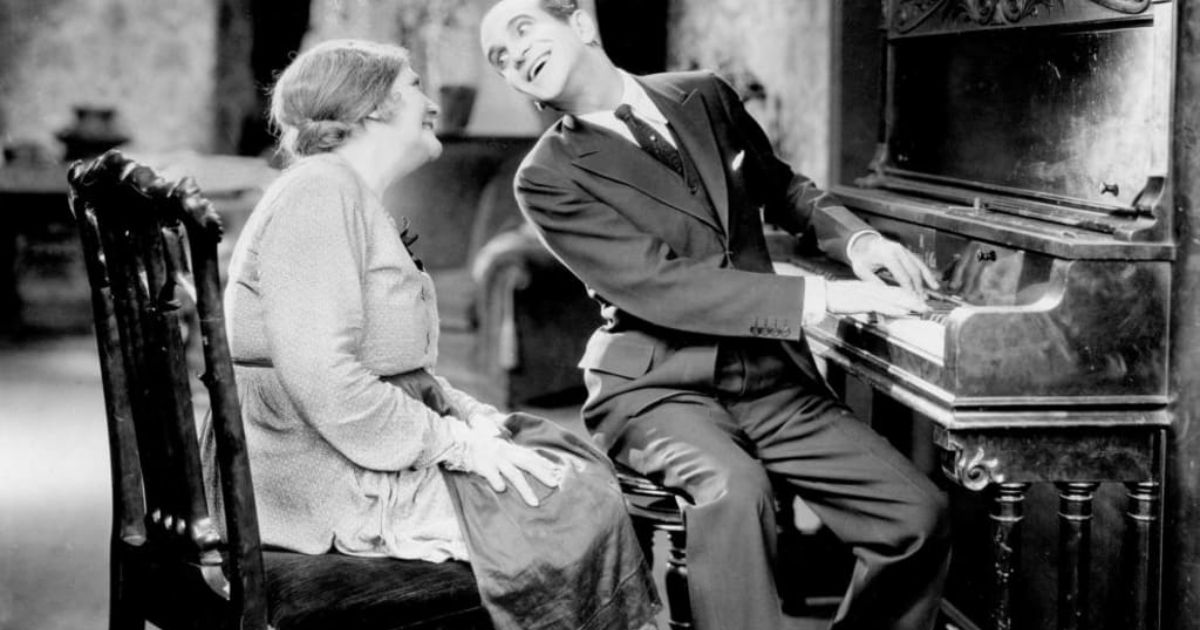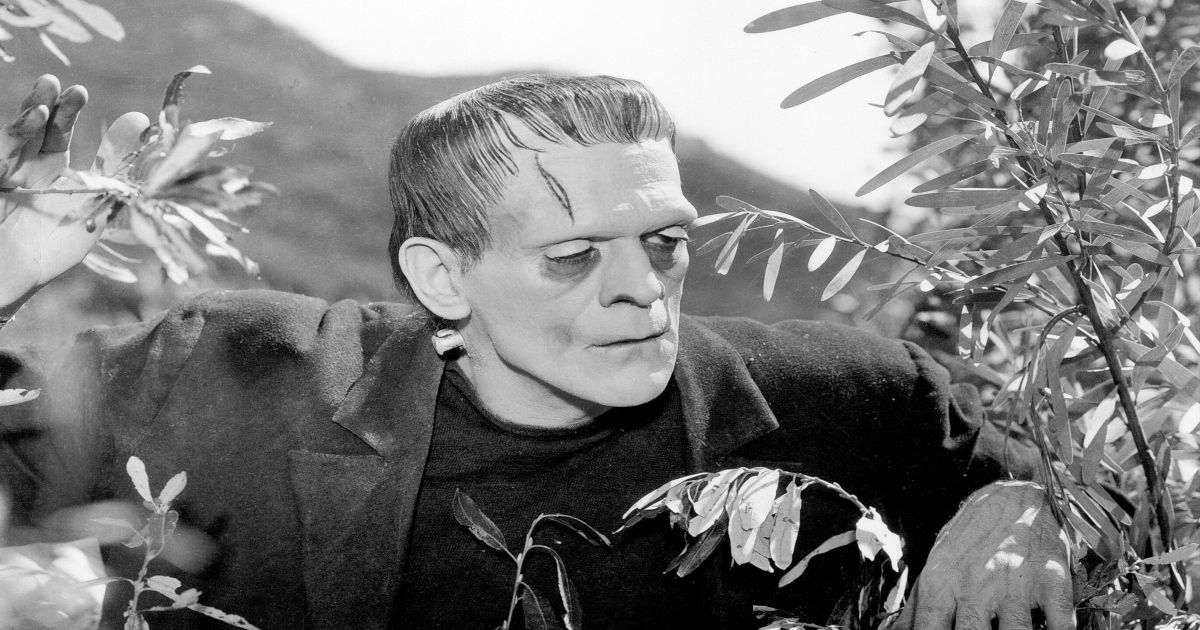If you have never gone to film school or are not a film history buff, you probably don't know much about the difference between pre-code Hollywood and post-code Hollywood. Let's start with the "code" itself: what is the Hays Code? The Motion Picture Production Code (nicknamed the Hays Code after the president of the Motion Picture Producers and Diistributors of America, William Hays) was developed in 1930 to regulate what could be shown on screen, though wasn't enforced for a few more years.
Pre-code films, especially sound films, were much more modern and open than one may expect from early films. Pre-code films were honest about taboo issues and much freer with language and even nudity. The Hays Code sought to crush that and focus on good Christian values in film. While the document itself was not openly religious, the language of the code contained deeply Christian undertones (and was originally brought to the studios by a Catholic layman and Jesuit priest). While studios abided by the Hays Code, it wasn't forcefully implemented until 1934; the Great Depression had affected cinema in a variety of ways, partly by inspiring darker themes, and also by compelling studios to release racier and more tawdry films in order to get people to pay for movies at a time when the economy had collapsed.
The Code was finally removed from the criteria of filmmaking in 1968 and replaced with the film audience ratings we see today (PG, R, and so on). This allowed filmmakers to produce what they wanted and allow audiences to choose what to watch based on the ratings. However, the Pre-code era produced a massive amount of great classic films that can be surprisingly modern and risqué, so let's take a look at the best.
5 The Divorcee
A film about divorce and a woman's revenge was scandalous in a time period when divorce was taboo (and could excommunicate a person from the Catholic Church). Films like The Divorcee are representative of the pre-Code era in this way. In 1930, a film in which a woman avenges her husband's infidelity, a woman who can think and be upset that her husband cheated on her, was pretty controversial but nonetheless very successful and enjoyed by audiences.
The film helped ushered in a new era of women's rights (considering women gained the right to vote only 10 years before this film was released) and showed wives in a whole new light, a light where women could be philanderers too, and could do anything else their husbands could do. With the level of sexual equality and freedom for women and men alike in The Divorcee, it is almost hard to believe that it was made almost 100 years ago and not just15.
4 The Jazz Singer
The Jazz Singer, a movie about a Jewish man who wants to be a jazz singer against his family's wishes, may be the most well-known film of the pre-Code era, and essentially changed the trajectory of filmmaking for the rest of history. Not only was the music in the film synced (as it is a musical), but all the dialogue was synchronized with the actors themselves. The Jazz Singer created the era of 'talkies' and left behind much of the silent movie era, influencing how movies would be made from then on. The film's focus on the real living conditions of poverty and in Jewish and Black communities was also indicative of the harsh realities pre-Code films could display.
However, The Jazz Singer was not the perfect talkie by any means; the film itself only contained about two minutes of synchronized dialogue. It's also extremely offensive to some people, as it features Al Jolson (a white Lithuanian-American) donning blackface, which certainly does not pass the tests of political correctness for contemporary society. However, there has been critical analysis and some fascinating film theory which highlights the use of blackface in The Jazz Singer; as Corin Willis writes in "Meaning and Value in The Jazz Singer,"
In contrast to the racial jokes and innuendo brought out in its subsequent persistence in early sound film, blackface imagery in The Jazz Singer is at the core of the film's central theme, an expressive and artistic exploration of the notion of duplicity and ethnic hybridity within American identity. Of the more than 70 examples of blackface in early sound film 1927–53 that I have viewed (including the nine blackface appearances Jolson subsequently made), The Jazz Singer is unique in that it is the only film where blackface is central to the narrative development and thematic expression.
When looking at The Jazz Singer at face value for the impact it had on the industry and its bold decision to focus on the suffering of Jewish and Black communities, one can definitely see a lot of good in it.
3 The Public Enemy
You know that gangster movie you watched and loved last weekend? It only exists because The Public Enemy was made in the Pre-code era. The Public Enemy created the gangster genre as we know it today, the only reason it was made was that it existed before the Hays Code. The Code did not exactly promote films that romanticized crime such as those in the gangster genre. However, as fans of the genre know, gangster films are about the inner workings of the minds of criminals and the politics of crime. The gangster-like films made during the enforcement of the Hays Code didn't have the same impact as those made in the pre-Code era, and arguably wouldn't until the Scorsese and Coppola films of the '70s. Thus, the beloved gansgter genre, created by The Public Enemy, was almost lost all together due to the code.
2 Red Headed Woman
As mentioned earlier, the pre-Code era was much more open with taboo topics, especially surrounding sex and nudity. Red Headed Woman is a prime example of the use of overt sexuality in older films, in a time when many think of film as a very buttoned-up and modest industry. Red Headed Woman is all about a woman who utilizes her sexuality to get what she wants from the men in her life. She is able to use her womanly prowess to achieve her goals in life, something that feels extremely taboo in 1932.
This is the epitome of the pre-Code era, films that in plot and theme seem extremely out of place for the time they were made in. Except they aren't out of place (and the '20s and '30s were hardly so innocent); this is what film was at that time, before the Hays code felt the need to ruin that for viewers and filmmakers alike.
1 Frankenstein
Frankenstein is one of the most iconic and most well-beloved films from the pre-Code time period. If you have not seen the original Frankenstein, it is a must-watch and a great example of the pre-Code era of film. While modern horror fans don't usually find old horror very scary or fun due to the ever-changing technology, the original Frankenstein is a masterpiece in its own right. The film contained lines that were later cut out in the post-Code era because they insinuated atheist ideas (including supposedly blasphemous dialogue where Dr. Frankenstein screams, "Now I know what it feels like to be God!"), and thus were offensive to Christian audiences. Frankenstein as a monster and as a film is a pinnacle of film history and of the pre-Code era that is ever important to film history.




.jpg)
